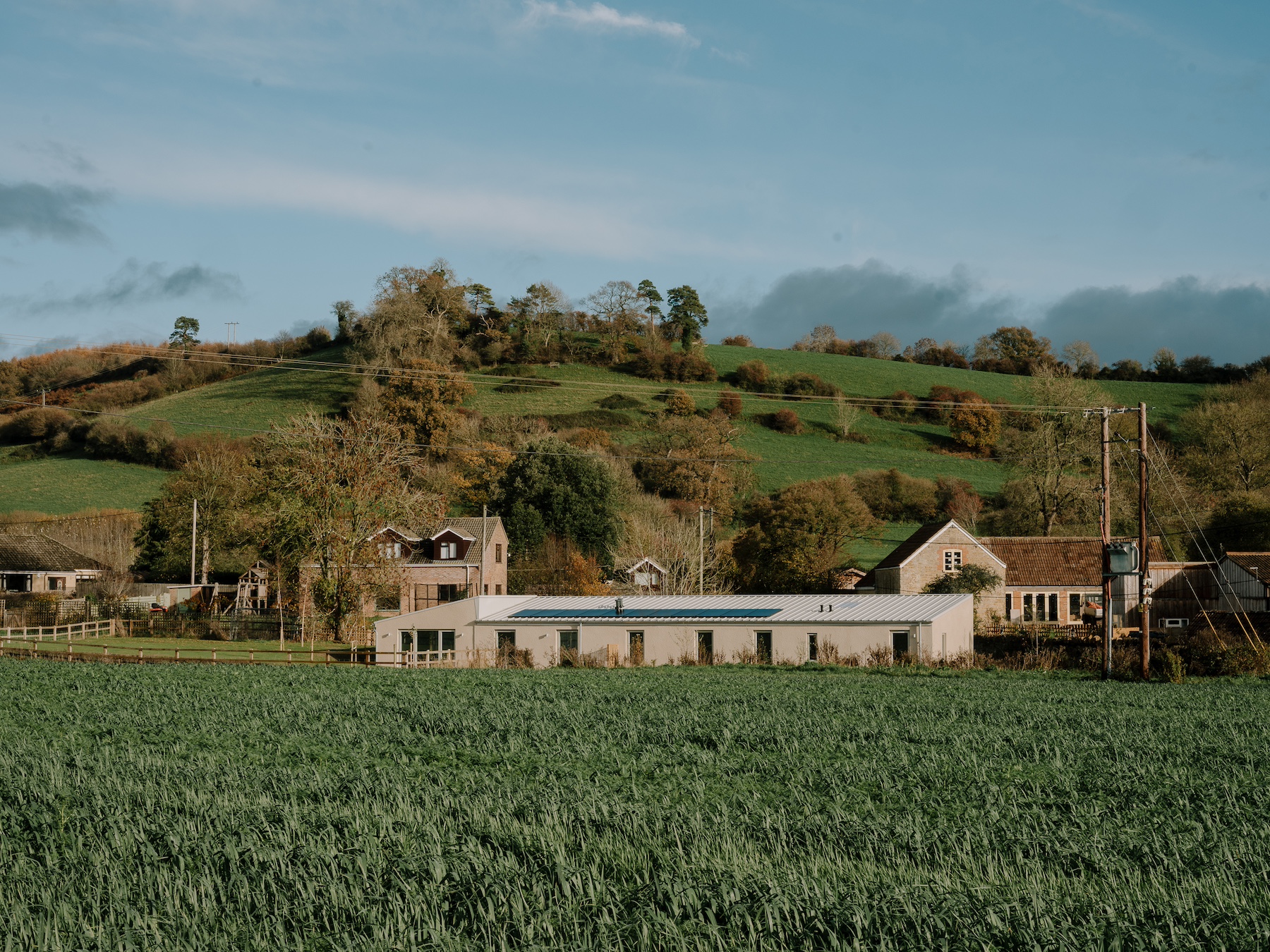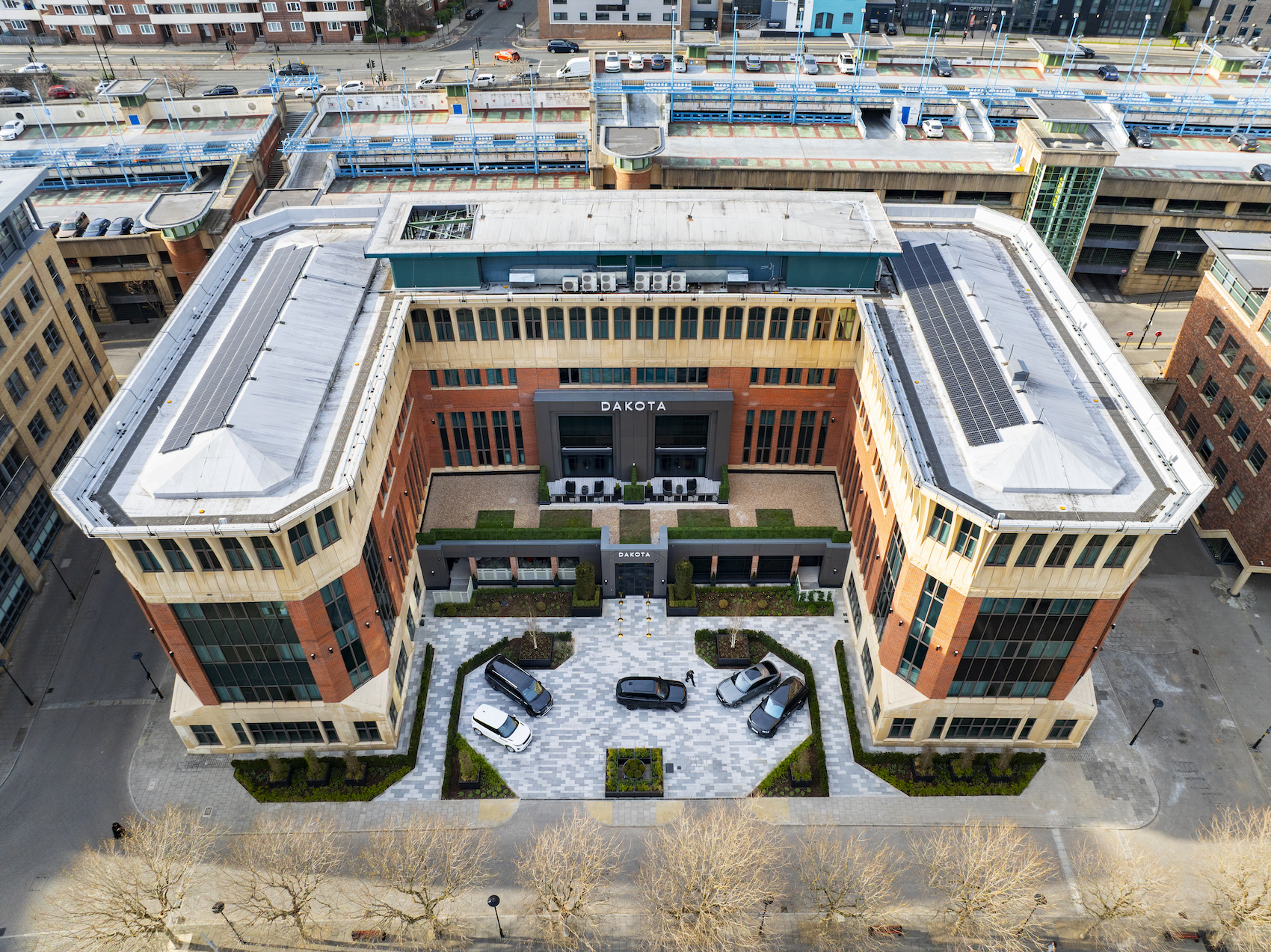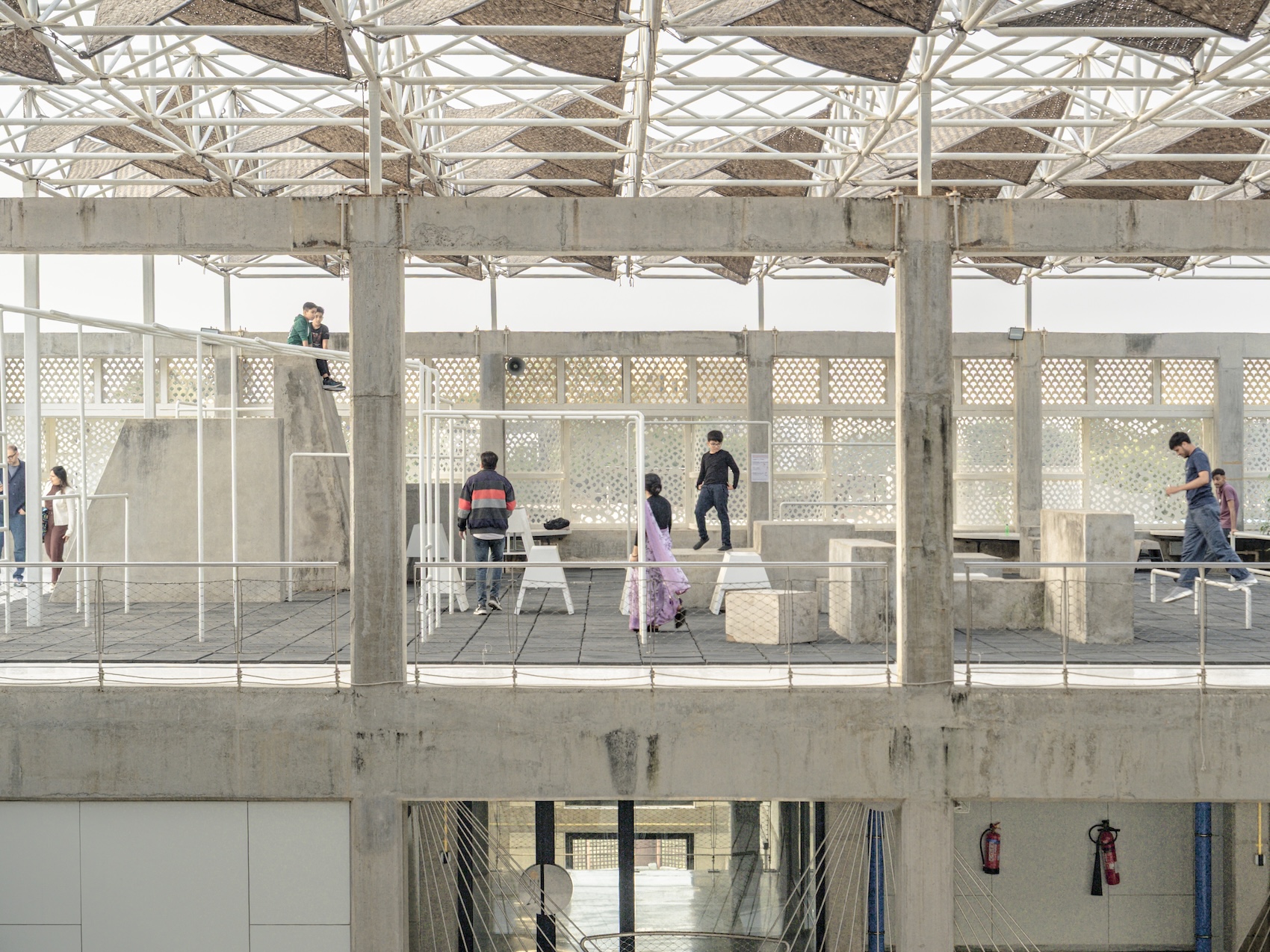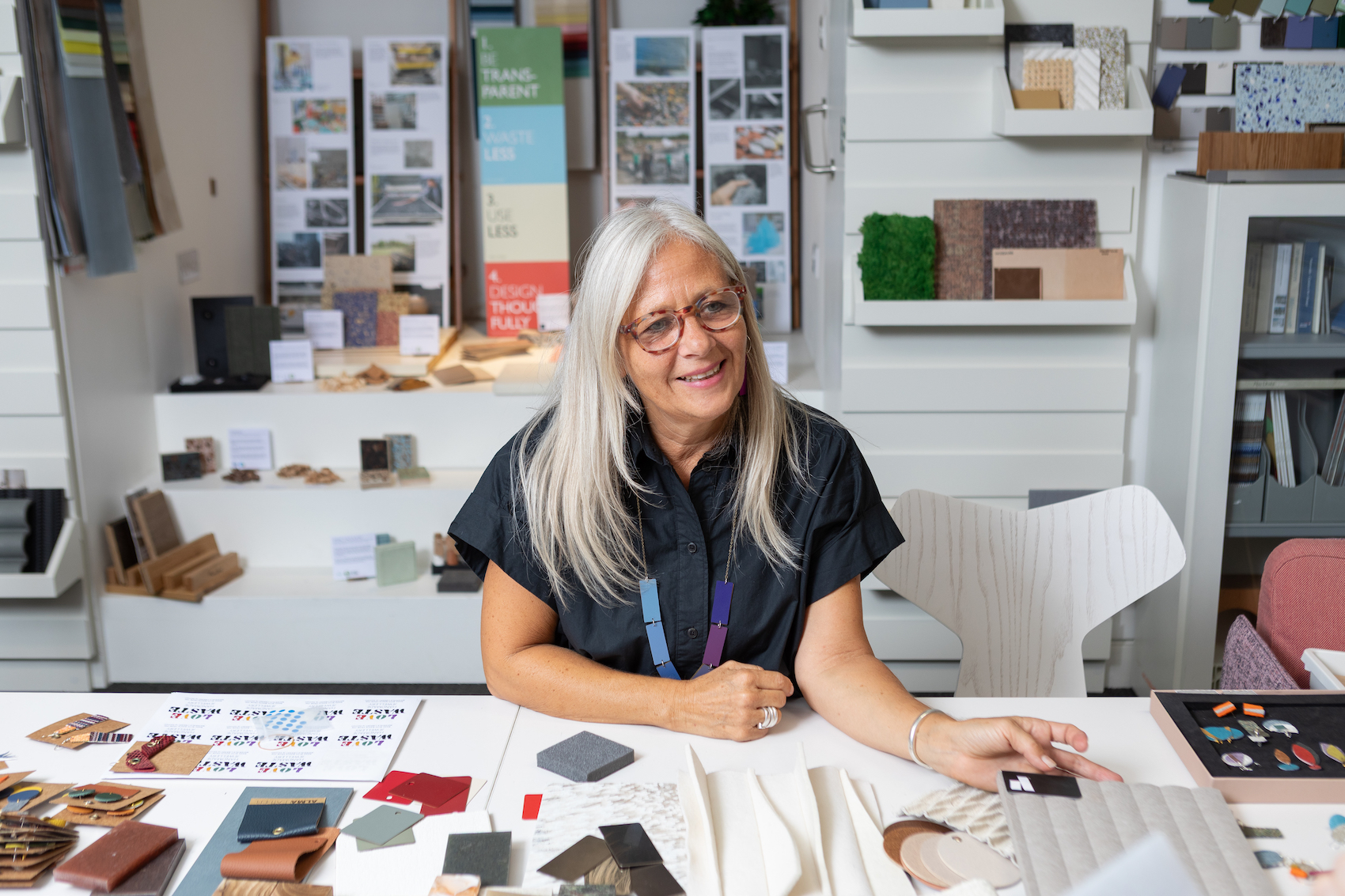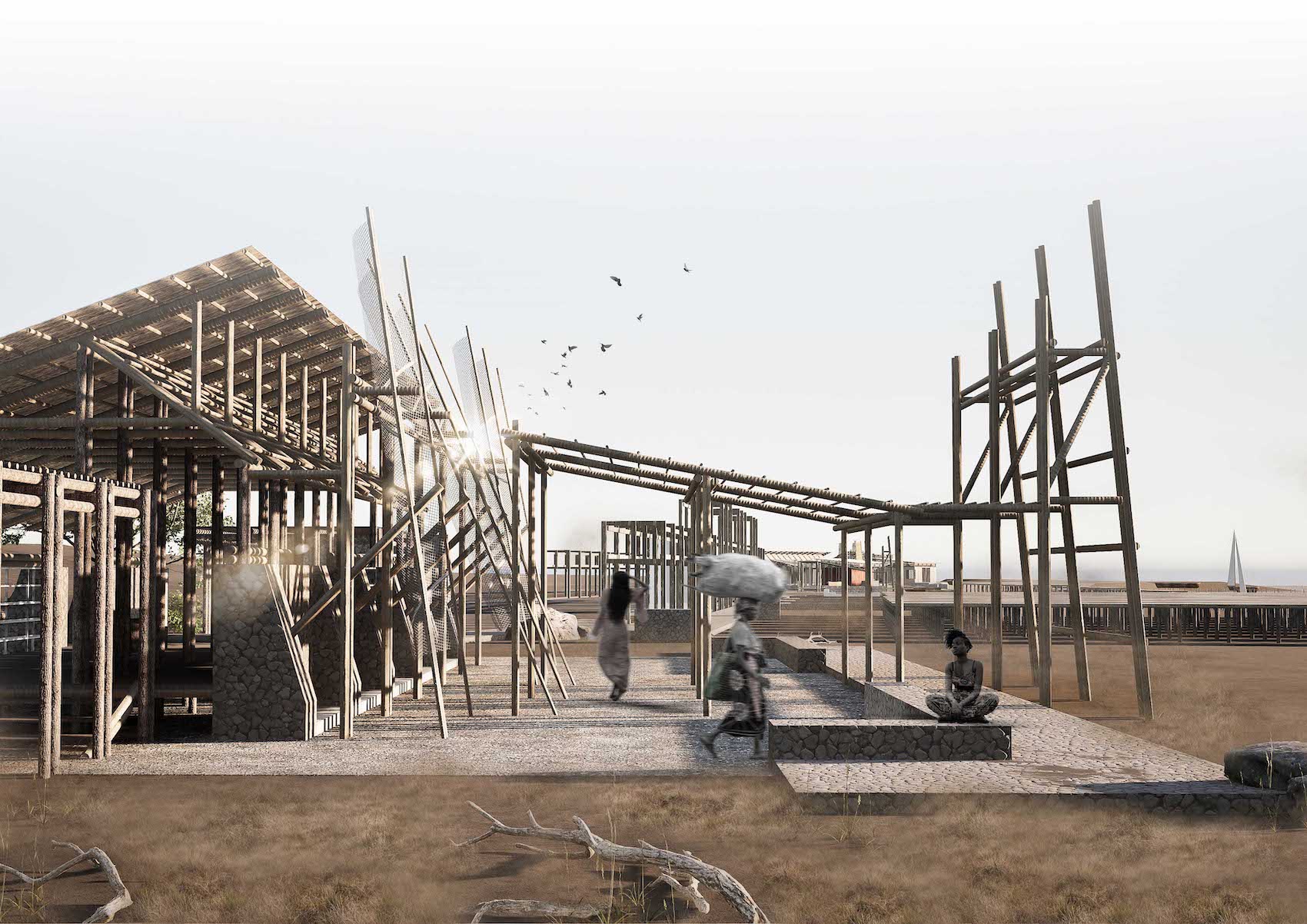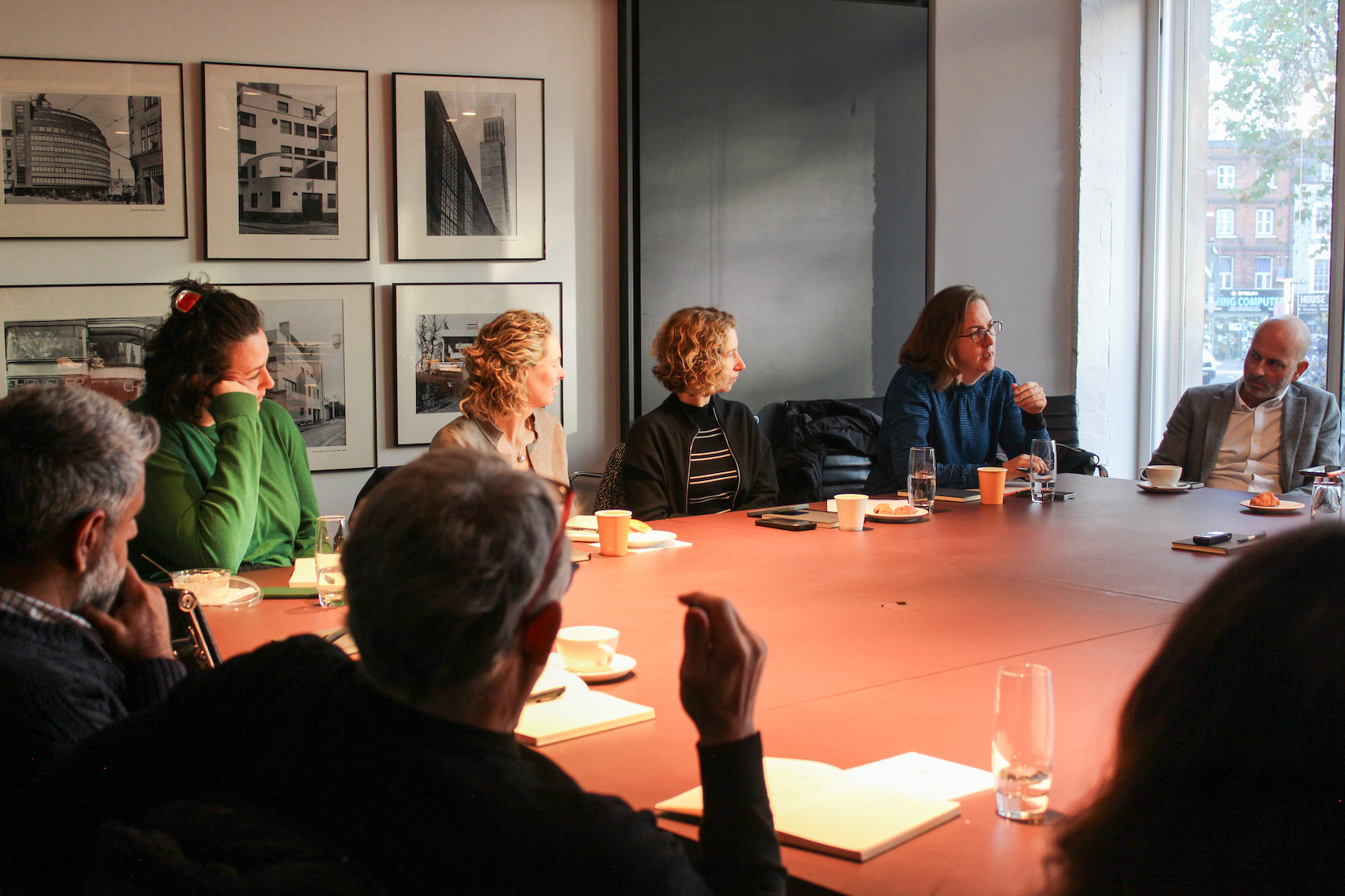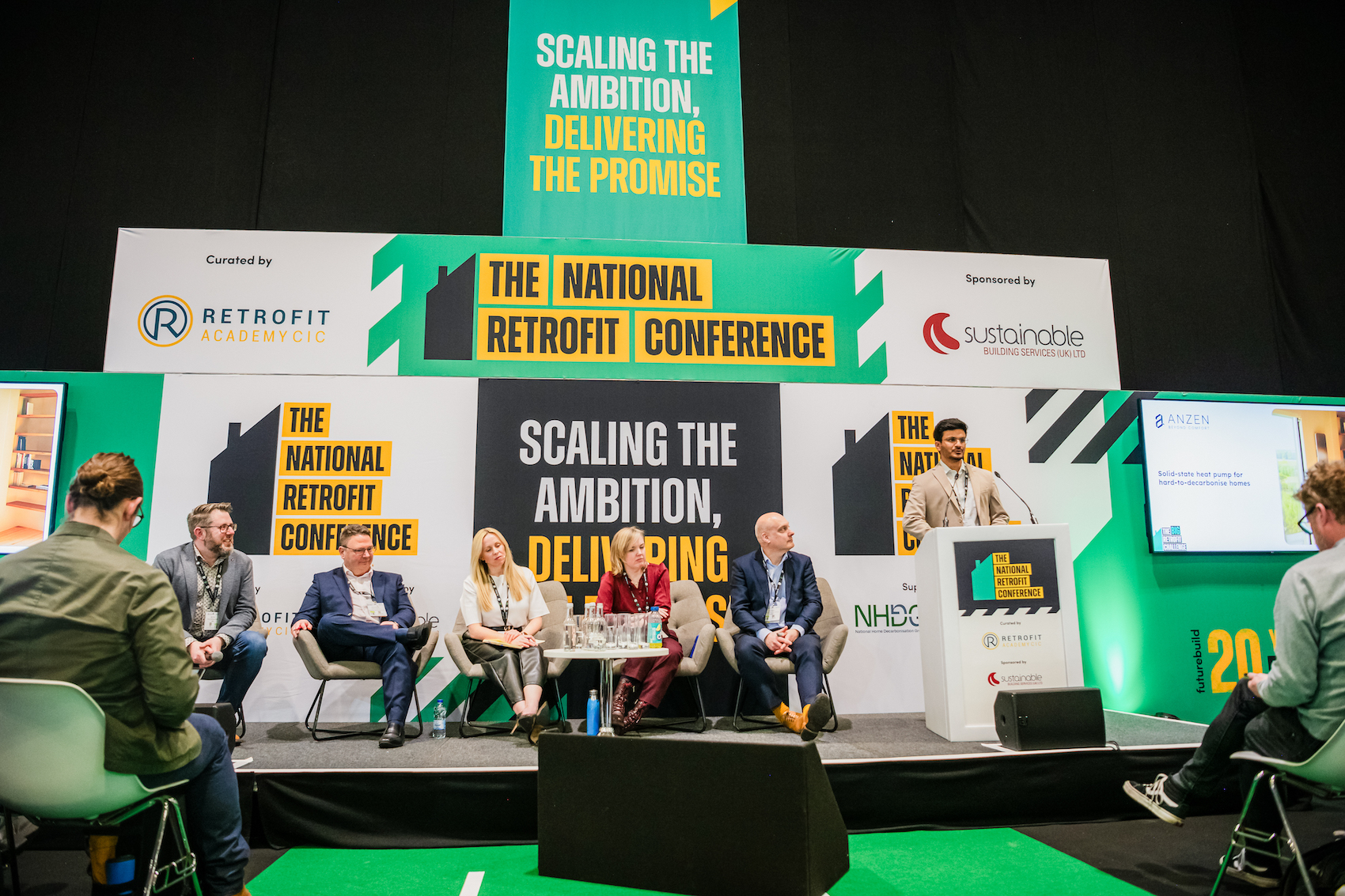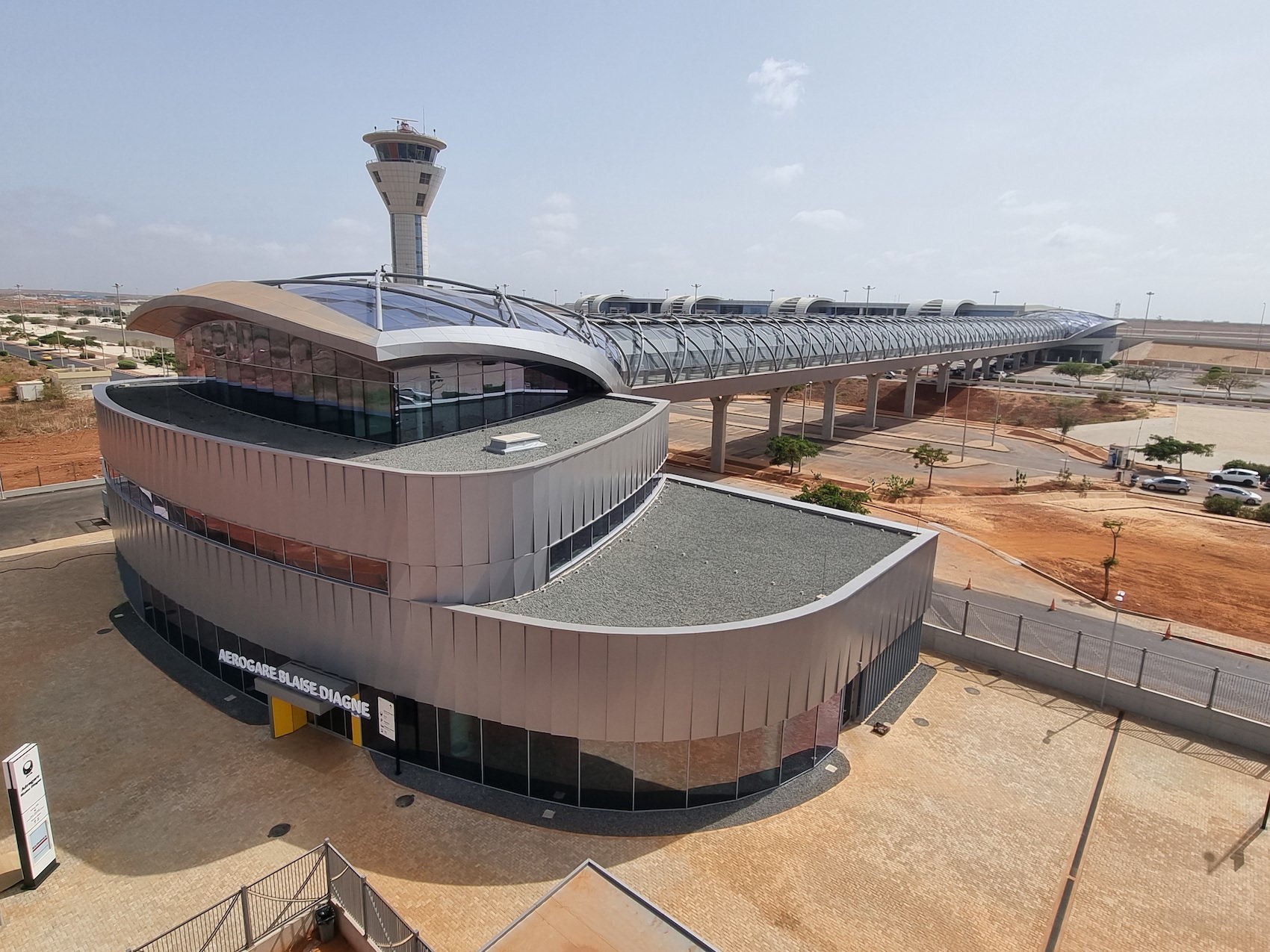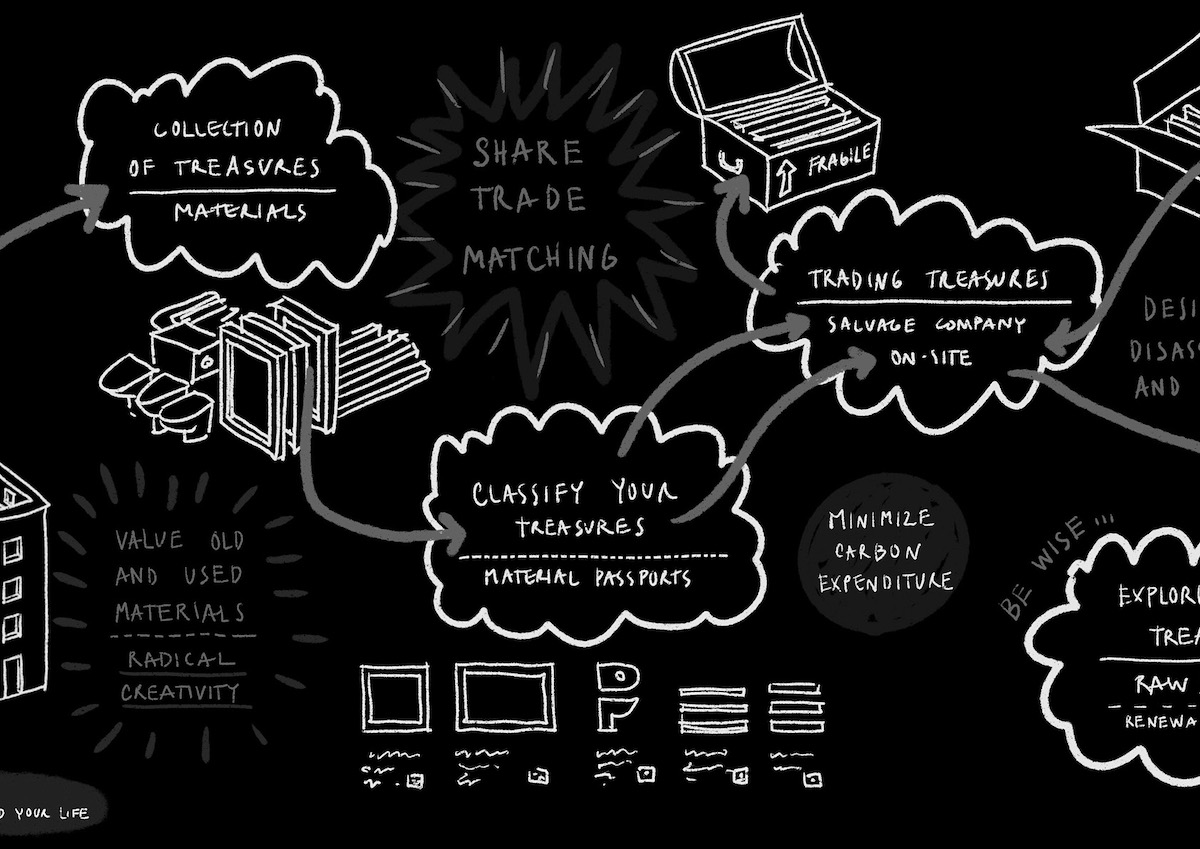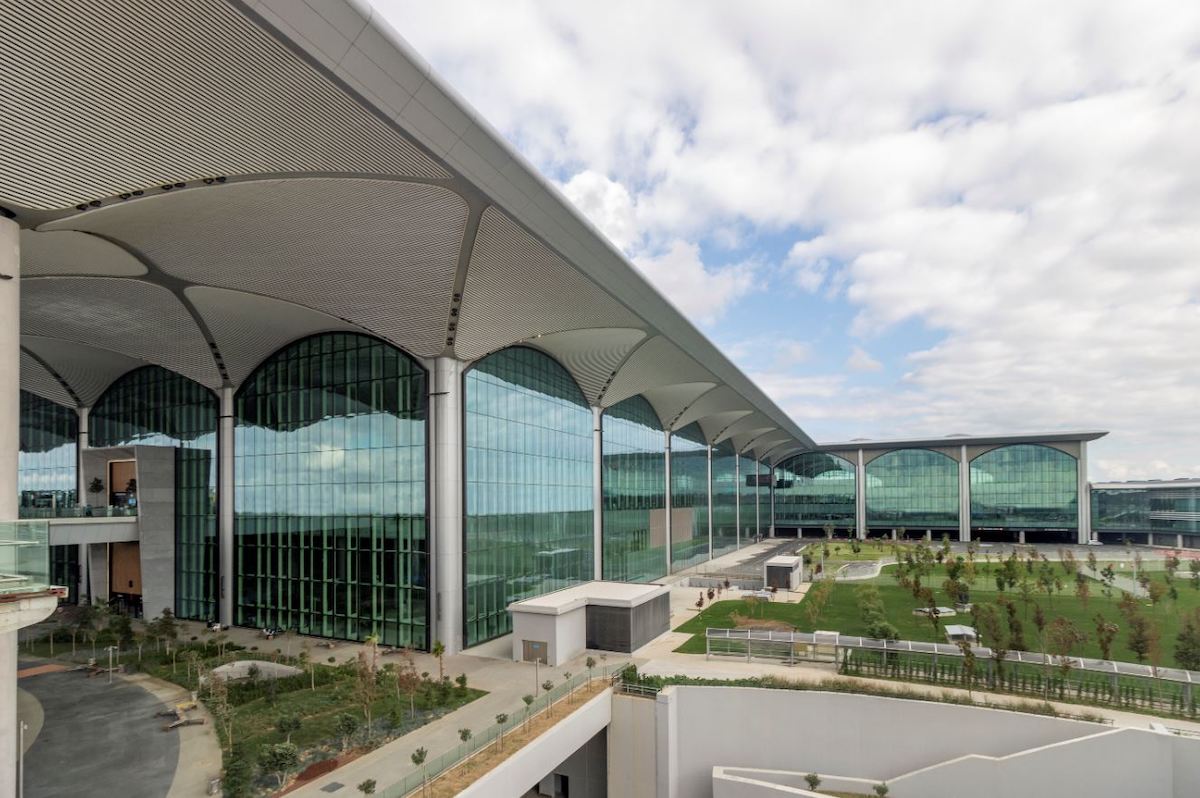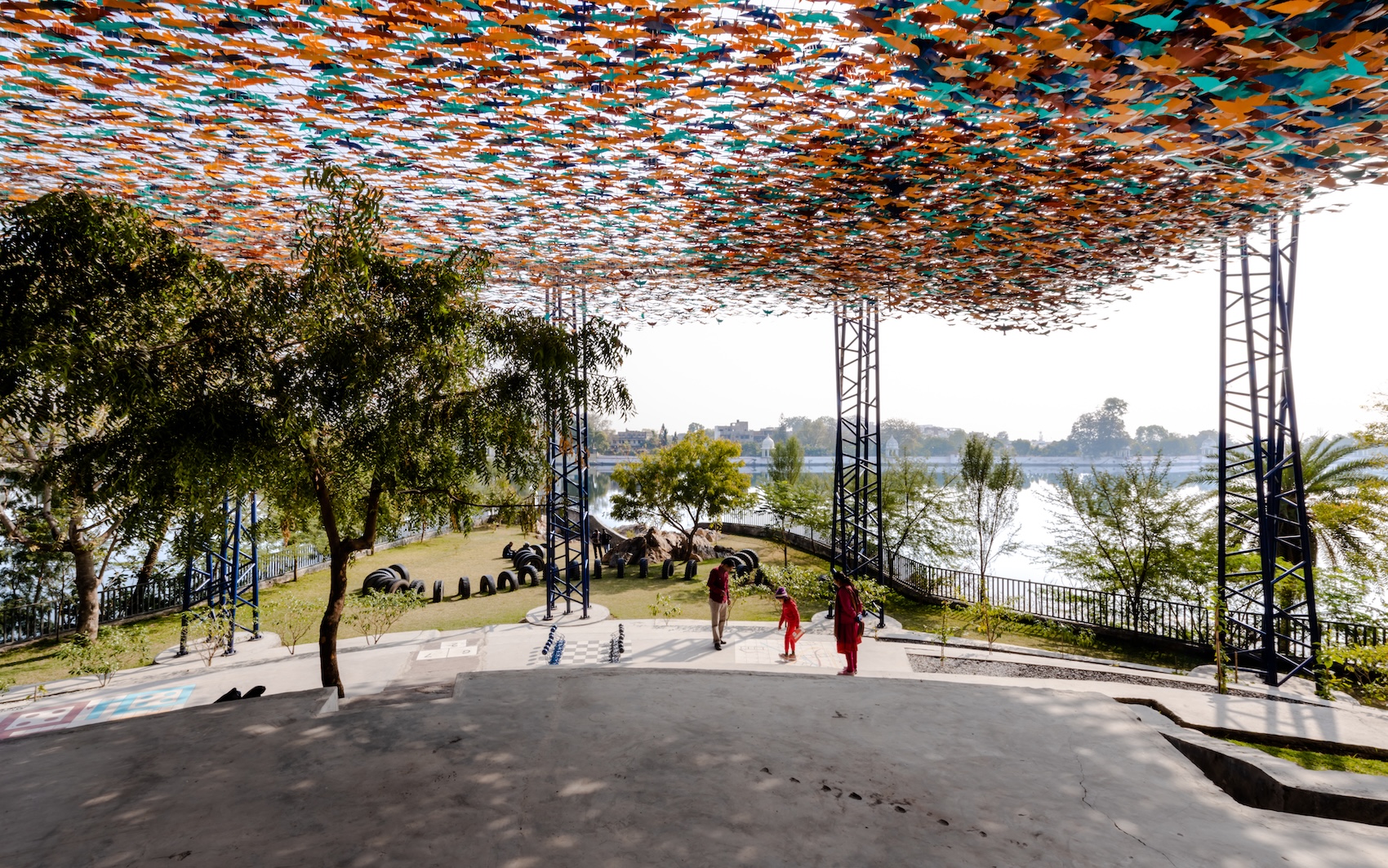AT speaks to civil engineer Ian Firth, who has challenged demolition threats of Prague’s Vyšehrad Railway Bridge with a proposal to restore the landmark, upgrading its infrastructure for modern rail demands. With UNESCO now backing its protection, the bridge becomes a test case in how cities can balance progress with preservation.
An independent coalition of engineers, architects and heritage consultants have proposed a solution to the demolition of Prague’s iconic Vyšehrad Railway Bridge.
Spanning the Vltava River since 1901, the bridge is part of the railway infrastructure connecting Prague Main Station with Smíchov Station. In recent years, debates have emerged over its future, with recent proposals advocating for its demolition. However, in April 2025 UNECSO declared the bridge an immovable cultural monument and an integral part of the listed Prague Heritage Reservation site.
The Vyšehrad Railway Bridge exemplifies the broader urban development challenges facing heritage-rich cities today: how can we modernise vital infrastructure whilst preserving cultural heritage. A grassroots initiative named Vyšehrad Bridge Foundation enlisted UK civil engineer Ian Firth (COWI) To lead the feasibility study. The result is a solution that not only preserves the historic bridge but also meets contemporary transportation demands through an efficient and cost-effective reconstruction plan.
AT speaks to Firth about the process behind the proposal and the broader importance of mixing contemporary design with heritage preservation.
Left: the bridge as it is today. Right: Proposals for the bridge and its vicinity to activate new areas of land.
What condition was the Vyšehrad Railway Bridge in when you were bought onboard?
In 1901 when the bridge was opened, trains were lighter and there were fewer of them. That was over 100 years ago, and it had been 60 years since any serious maintenance work. This can be a real problem for steel bridges that are in constant use; particularly railway bridges that aren’t necessarily designed for constantly evolving train design. So the reservoir of potential damage was huge, and at some point a crack was going to materialise.
Can you describe the analysis process you undertook?
The process took place over two phases. We began with a broader high level analysis: calculating the forces at play, and assessing the overall fatigue [which is the build up of potential damage in bridges]. We satisfied ourselves that there was a good chance of saving the bridge. Some more money was then invested so we were able to do a thorough, detailed inspection of the significant parts. We concluded that only 15% of the infrastructure needed replacing. This is mainly located on the lower levels, where the train actually runs, which are under the most amount of stress; attracting the most fatigue and damage. The remaining 85% can be repaired with modern anti-corrosion methods.
Left: the bridge as it is today. Right: Proposals for the bridge include removing a car park below to create new public realm.
Where does the Vyšehrad Railway Bridge sit amongst Prague’s broader cultural landscape?
Cities are a wonderful collection of changes; historical and social. The bridge is a key character is Prague’s history but also plays an important role in its contemporary identity — aesthetically and functionally — being many people’s main point of transport into the city centre.
In April 2025 a joint UNESCO/ICOMOS Advisory Mission released an official report on the bridge and its significance within the historic centre of Prague’s world heritage. The report confirmed that the bridge contributes to the site’s Outstanding Universal Value and stated that demolition and replacement would cause unacceptable harm to its authenticity and integrity.
So demolition would not only take a slice out of an extraordinarily respected historic picture, but cause enormous amounts of disruption by suddenly creating a big hole in an already exacerbated transport system. The cost of that disruption would be huge. Our solution is less disruptive, vastly less damaging, and is likely to be much cheaper.
Left: the bridge as it is today. Right: As well as new planting around the bridge, a new track across the river has been proposed.
What does the proposed repair process look like?
The process will involve six short weekend closures. There are three identical spans, each one needs repairing. So we’ll build a temporary bridge adjacent to the current one, and a barge on which we’ll carry out the works. One at a time, we’ll remove the existing spans, inserting a temporary one, and move it onto the barge elevating it onto temporary supports to repair it, and then replace it whilst removing the next one. For the majority, the crossing will remain open and in use.
A key aspect of your proposal is that the design manages to retain the bridges original features whilst adding a third track and giving the bridge a new 120 year life span. How have you managed this?
A purist might say that ‘oh, but wait a minute, that’s 21st century steelwork and that’s 20th century steelwork’ but it will look exactly the same. There will be places where bolts will be used instead of rivets, but we’ll be using rivets as far as possible and certainly wherever it is visible. Riveting was ubiquitous at the start of the 20th century, but is rarely used today. During a restoration we work with the heritage consultants, and in this case UNESCO too, to try and be as truthful to the original as possible.
The third track is a piece of discrete contemporary design that will run alongside the restored bridge; a subtle addition that will not distract from the original bridge. The single track will run parallel to the original two tracks, with the original pedestrian walkway running along it’s outer edge. This will be complimented but a wider urban development beneath the railway arches that seeks to rejuvenate the currently unused area.
Where is the project at now?
UNESCO has stated that they really want to keep the bridge. This position has also been taken by the local government. We’re just waiting for the Minister of Transport to make a statement to trigger the next stage.
Left: the bridge as it is today. Right: Plans include utilising the archways within the bridge to be used by businesses.











